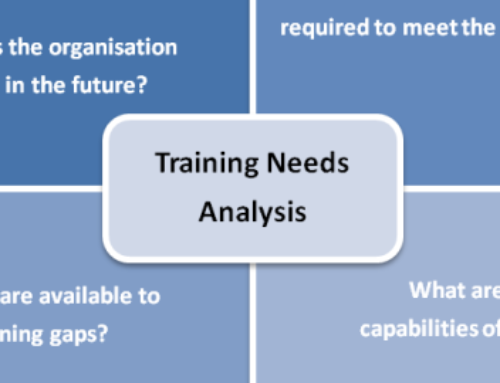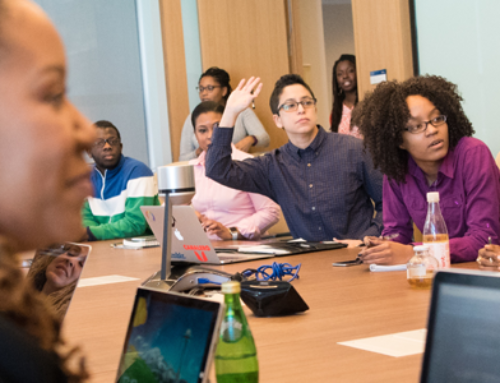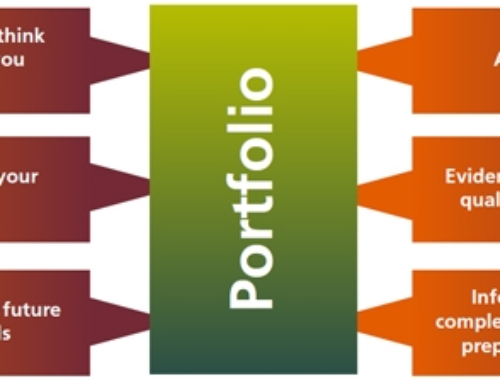Learning and Memory how are they related? Memory allows us to remember facts and experiences. It consists of encoding, storing information, and retrieval, making that information available for recall. When we see or experience something, it leaves a trace in our brain. The two most commonly discussed forms of memory are short and long term memory.
- Short term memory has a limited capacity and a very brief span. It allows you to do things like quickly memorize a phone number long enough to dial it, and then the information is gone.
- Long term memory can store information throughout a lifetime, although these memories might need occasional revisits. This is the type of memory involved in learning.
Learning and memory are closely related concepts. Learning is the acquisition of skill or knowledge, while memory is the expression of what you’ve acquired. Another difference is the speed with which the two things happen. If you acquire the new skill or knowledge slowly and laboriously, that’s learning. If acquisition occurs instantly, that’s making a memory.
What is learning?
Learning, unlike memory, is not about storing information. Rather, learning is a behavior. Learning is about acquiring information, memory about storing it. In a way, you could say that learning is a process, and memory is the record of that process. It is intimately linked to memory, in that it is totally reliant upon memory to function, but it goes beyond harboring facts into implementation.
The Physical Underpinnings of Memory and Learning
How do memory formation and learning really work? Several changes in the brain’s organization and chemistry produce memory. In particular:
- The synthesis of certain proteins increases long term potentiating. Long term potentiating is an enhancement in the ability of two neurons to communicate with one another after repeatedly being stimulated together.
- Neurons form more connections with each other.
- More neurons are produced in the hippocampus, the area of the brain principally involved with memory.
- More glial cells are created. Glial cells support the neurons of the brain.
- Myelin production is increased. Myelin is the fatty layer of insulation that enables electrical signals to travel down neurons more quickly,
- Capillaries grow to specific brain regions, brining in more nutrients and oxygen.
How to Improve Your Memory
Use these strategies to compensate for mild memory loss. Psychologists are finding strategies to help people adapt to memory problems, including:
Take mental snapshots. Good memory is actually good learning, say rehabilitation experts. That means forming a strong association with new information as you learn it. Systematically take note of things. When you put down your keys, for instance, take a mental snapshot of them lying next to the fruit bowl on the kitchen table.
Train your brain to remember. People in the early stages of memory loss can benefit from simple memory training, research suggests.
- To learn a new name, for example, use “mnemonic devices” that link the new information with familiar information. If you meet someone named “Mr. Brown,” picture him drenched in that color as you’re introduced.
- Another training technique is one called “vanishing cues.” If you can’t remember a name, write down any letters of it that you can remember. Then fill in more and more until your recall kicks in. This training works by bypassing the faulty areas of the brain. Instead, you’re training new areas of the brain to take over.
Take advantage of technology. A paging system, for example, can help people remember appointments or other important dates. And a specially programmed personal digital assistant can help guide users through complex tasks. Technology does have its limits, of course. For one thing, you have to remember how to use it or even that it’s there for you to use in the first place.
Keep your spirits up. Memory problems can affect mood. Exercise and mentally stimulating activities can help.
The Above article was Adapted from “Mending memory” APA Monitor on Psychology
15 MYTHS ABOUT MEMORY AND LEARNING
Author: Andy Tharby
Education is rife with learning myths. Over time, they harden into fact and then further ossify into our most cherished beliefs. And like Japanese knotweed the longer we leave them to grow and develop, the harder they are to weed out. Here are fifteen of the most common learning myths we have encountered as a research school.
Myth 1 – We only use 10% of our brain.
In fact, we use almost all of our brain almost all of the time. What is true, however, is that scientists only understand about 10% of how the human brain works.
Myth 2 – We are more likely to remember something if we discover it for ourselves.
Despite its intuitive appeal, there is no empirical to support this belief. Actually, the evidence suggests that novice learners learn better through explicit, teacher-led instruction rather than through discovering something on their own.
Myth 3 – Men and women learn differently.
While there are some differences in the form and function of male and female brains, there are more similarities than differences. Most gender differences in learning can be attributed to environmental rather than biological causes.
Myth 4 – We learn better when teaching is tailored towards our preferred learning style.
The notion that teaching should be modified according to whether a student is a visual, audio or kinaesthetic learner is the most persuasive edu-myth of our generation. Please note: there is evidence to support dual coding, the process of combining visual and verbal materials to enhance learning.
Myth 5 – Your brain is a muscle that can be trained.
Although practice usually leads to learning, brain-based learning programmes are not supported by evidence. This is because learning is domain-specific not global. Put simply, if you practise using a brain-based programme, you get better at the brain-based programme. It will not improve your memory in other domains.
Myth 6 – We do not need to remember facts now we have the internet.
Good readers need wide-ranging general knowledge to successfully access, interpret and determine the validity of online reading material. The internet offers a wealth of opportunity – but only for those who know a lot in the first place. See here.
Myth 7 – Performance is always a sign of learning.
Learning involves the transfer of material from working memory to long-term memory. A student’s performance in a lesson – for example, answering a question correctly – is no guarantee that they will still know – or be able to apply – this information in a fortnight’s time.
Myth 8 – Rereading notes and highlighting are effective revision strategies.
These revision strategies have been shown to be the most popular amongst students. Unfortunately, they are also very ineffective. Instead, students should be encouraged to use retrieval practice (regular testing from memory) and distributed practice (spacing out practice sessions over time).
Myth 9 – We are good judges of how much we will remember.
Research shows that we routinely overestimate how much we will remember and underestimate how much we will forget. To encourage automaticity – effortless recall or performance – students should overlearn by practising beyond the point of confidence.
Myth 10 – Forgetting is the enemy of memory.
One of the most counterintuitive findings from memory science is that the process of forgetting actually helps learning. When it is hard to retrieve information from long-term memory, the likelihood of recalling this piece of information in the future will be increased. This is known as desirable difficultly – the more effort put into retrieval, the greater the learning.
Myth 11 – Memorable lessons should always contain unique and unexpected experiences.
‘Memory’, in the words of cognitive scientist Daniel Willingham, ‘is the residue of thought.’ This means that teachers should encourage students to think about semantic meaning. If they do not, students might remember the nature of an exciting activity rather than the important underpinning concepts.
Myth 12 – Stories are only for English lessons.
It appears that the human brain is pre-wired to remember stories. Teachers can tap into this phenomenon by telling stories to exemplify key learning points, and by designing lessons that mimic the elements of successful stories – i.e. through interesting characters, central conflicts and problems followed by solutions.
Myth 13 – Learning is visible.
We cannot see learning. It occurs in an invisible place – the long-term memory. Teachers and school leaders should be aware that busy, engaged and hard-working students are not necessarily learning. What we see is often a poor proxy for learning.
Myth 14 – Cramming is an effective revision strategy.
Although cramming is better than no revision at all, it is unlikely to lead to durable learning. Teachers should encourage students to space revision over time, and design schemes-of-work that allow students to revisit material at regular intervals.
Myth 15 – We can always trust our memory.
Memory does not work like a video tape; it does not record our experiences perfectly. Individual students will each remember very different things from the same lesson. Students will also learn misconceptions which can be hard to dislodge.
15 MYTHS ABOUT MEMORY AND LEARNING was written by: Andy Tharby





